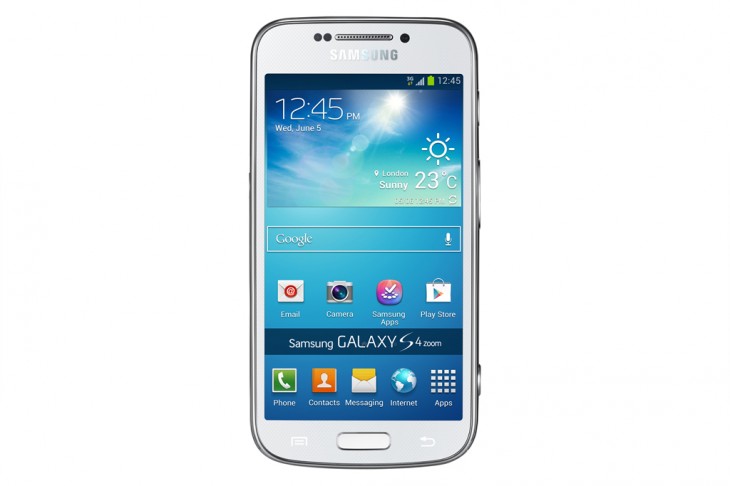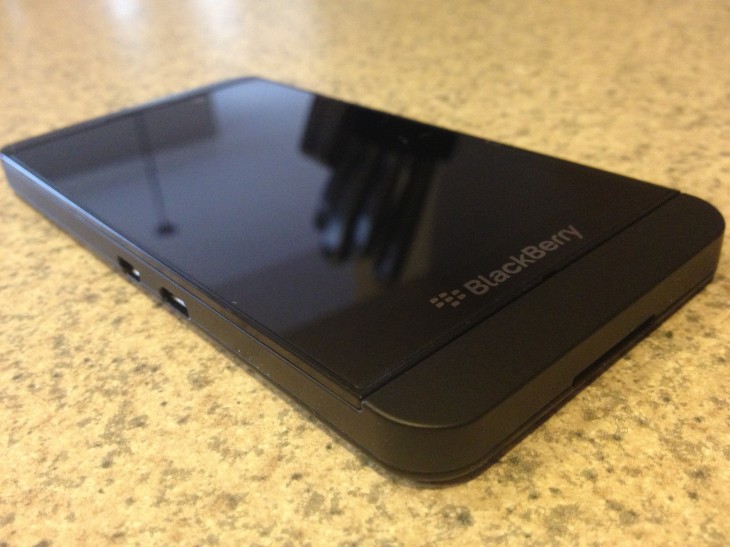
While most attention focuses on the high-end of the mobile handset world, it’s not what really counts.
Let’s qualify that a minute, a big name manufacturer needs a hero handset to draw the spotlight and give people something to aspire to owning — the first iPhone created a category of device, despite not being the first all touchscreen handset — but in the slightly longer term, it’s not just these devices that make or break a handset maker.
What’s really crucial, and what seems to be supported by recent Kantar Worldpanel ComTech smartphone market share figures is that having a decent range of devices with plenty of options in the low-to-mid-range is what will ultimately decide that particular fate.
The Kantar figures reveal that, while Android retained top spot with 52 percent market share (with second place going to Apple, of course) Microsoft’s Windows Phone platform was the biggest mover (in an upward direction, of course) taking the number three spot from BlackBerry.
Consider that for a minute, the once great BlackBerry fell to a little over one percent market share. While that alone isn’t an indicator that the mid-range is where the real sustainable cash is made, Windows Phone’s gains likely didn’t come purely from the top-end.
Look at a different analyst houses’ figures and you’ll see pretty much the same picture. Whichever way you look at it, Android is crushing all-comers, iOS is holding on to second spot, and Windows Phone is in third. BlackBerry, in most instances, is in fourth position.
Nokia, Windows Phone’s most notable backer has been continually rolling out low-mid range devices to ensure it has the best possible chance of scoring sales of devices running the OS across the board. If you compare that with BlackBerry’s strategy of its BlackBerry 10 devices thus far, you get quite a different picture.
So far, BlackBerry only has three models running its new OS – the high-end Q10 and Z10 and the ‘mid-range’ Q5, which has a price tag north of £300, which puts it (being generous) at the very top-end of the mid-range, to me.
Even Apple wants to get in on the action. While I said above that Apple pretty much defined the touchscreen smartphone category, the company has stuck stringently to its ‘luxury only’ approach.
However, it seems that under increasing pressure from rivals and consumer demand for more affordable handsets, it might well be set to release a lower-cost, not necessarily low-cost, iPhone 5. Even reports from the factories where the units are reportedly being made seem to all but confirm an ‘iPhone 5 C’ (or whatever it ends up being called) is on its way.
Now, you could argue that higher margins on its luxury devices have been exactly what has kept Apple towards the top of the smartphone heap (it’s worth keeping in mind that while Android is made by any number of different manufacturers – from the big name to the obscure – iPhones are just made by Apple), it’s essential for it to now protect that market share by reaching more consumers with a lower-priced version.
If it doesn’t, another company will. It doesn’t matter if whatever is announced (assuming something is announced roughly in line with current rumors) brings in significantly lower margins than the premium models, it’s still make or break in terms of preserving its market share that it introduces something that can at least give consumers a genuine decision to make, that isn’t dictated purely by price point.
Smartphone industry analyst Benedict Evans said in a post recently that “a blockbuster new Apple phone that more than doubles unit sales and blows a hole in the middle of the Android market might only add 20 percent to Apple’s profits”, but a phone that grows market share and increases profits, regardless of the amount, is still a must-have in the company’s long term strategy.
Doing it right?
Samsung’s growth in smartphone sales may be beginning to slow, but then it’s imitating a similar (not the same) strategy to Apple’s – one of hardware iteration over innovation – and its sales are slowing too, so there’s no huge surprise there.
However, the difference is, while Apple hasn’t announced a new phone yet in 2013, Samsung has announced more than 20. Not all of those can be range-topping hero devices. Indeed, only a scant few of them are.
The rest are handsets that follow similar design cues, include similar software to keep the user experience the same but cut back on some of the more extravagent hardware touches to keep the overall price down.
As well as keeping the point of entry low (it must be kept in mind that not everyone has a smartphone and for many people upgrading this year, it will be their first) by offering a wide range of devices, it allows customers to become familiar with a brand and get themselves tied to custom services, while providing a future incentive to stick with what they know (and likely get a better specced device) by the time upgrade time rolls around.
If anything I’d argue that Samsung runs the risk of putting people off through confusion or over-exposure to so many similar designs, but at the end of the day, it gives Samsung a better chance that someone buying a new phone will walk out of the shop with a Samsung device.
Doing it wrong?
I like the Z10 and the BlackBerry 10 OS launched at the beginning of the year, but unless the company can roll out a genuinely lower-cost handset that resonates with consumers, things don’t look good in the medium term.
BlackBerry’s saving grace has been its strong enterprise and government credentials, but putting aside anything to do with security or privacy on the platform, if you were an IT admin, would you be looking to roll out a fleet of £500+ high-end handsets or that batch of £150 android devices? Exactly, its lack of a mid-range device isn’t just hindering it in consumer, it could also potentially threaten BlackBerry’s survival as a handset maker at its core.
I don’t expect it to happen overnight, BlackBerry still has more clout and more fans than some headlines would lead you to believe, but if it can’t rectify the inbalance of devices it has in the market, it’ll be tough to make a dent in the admittedly often generic sea of mid-range Android devices. Generic or not, 52 percent market share isn’t to be sniffed at.
Featured Image Credit – AFP/Getty Images
Get the TNW newsletter
Get the most important tech news in your inbox each week.






